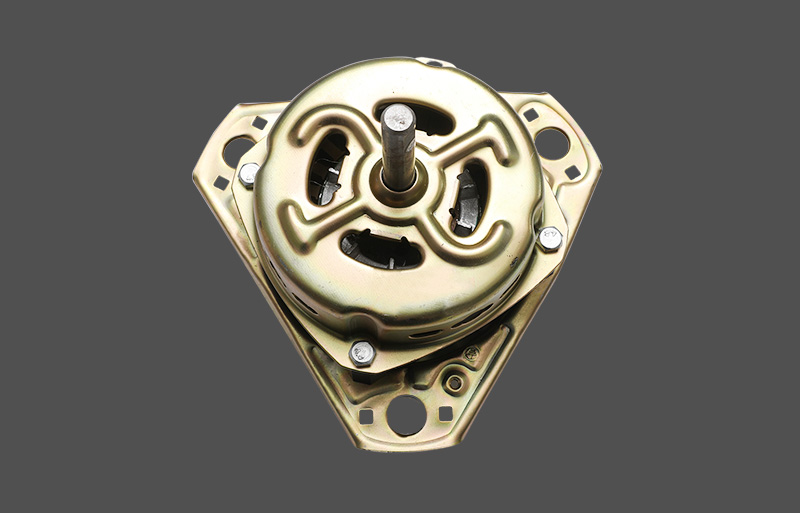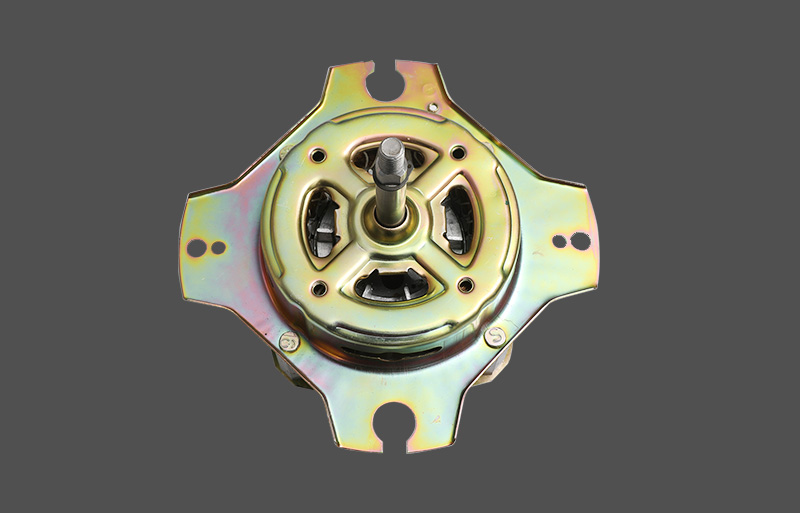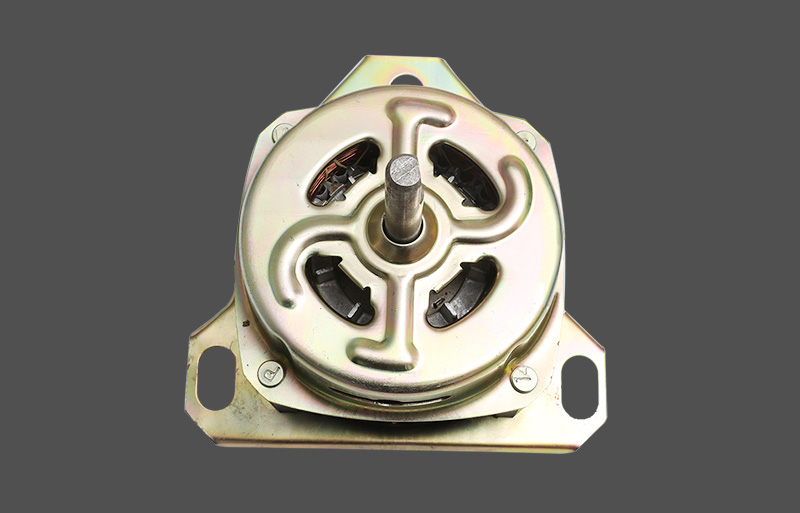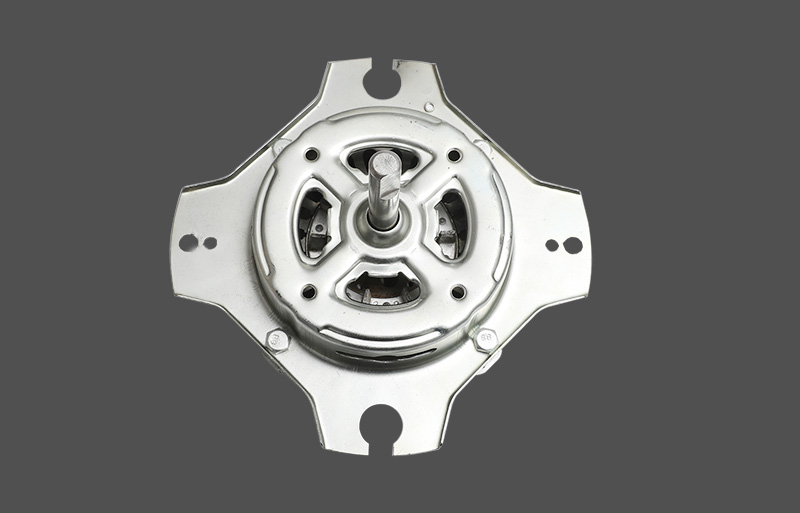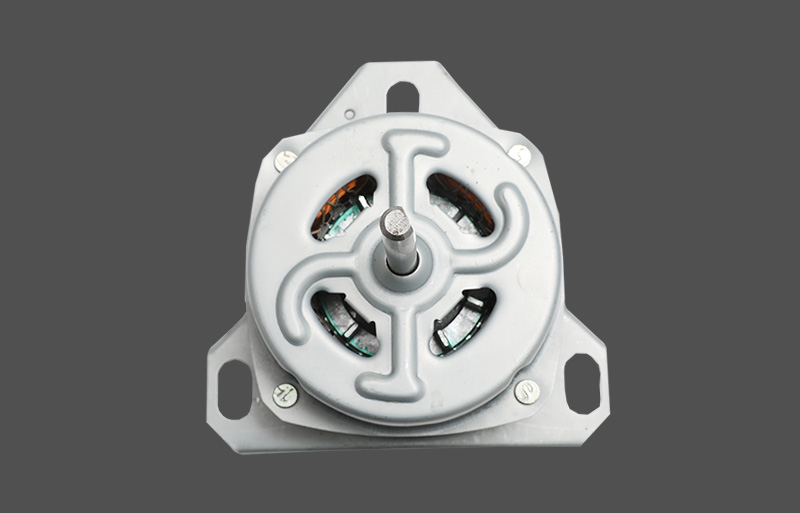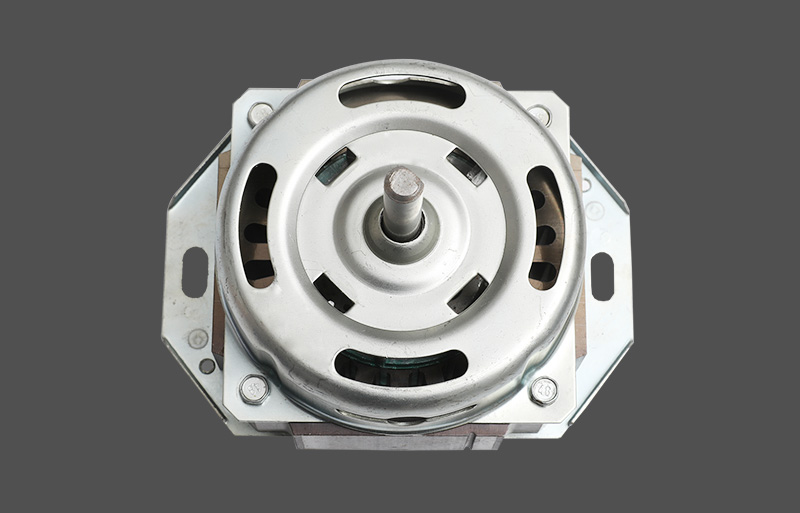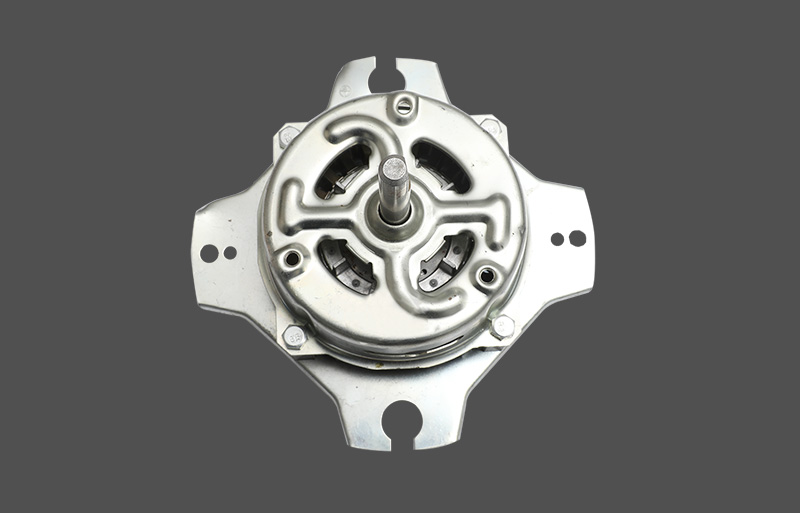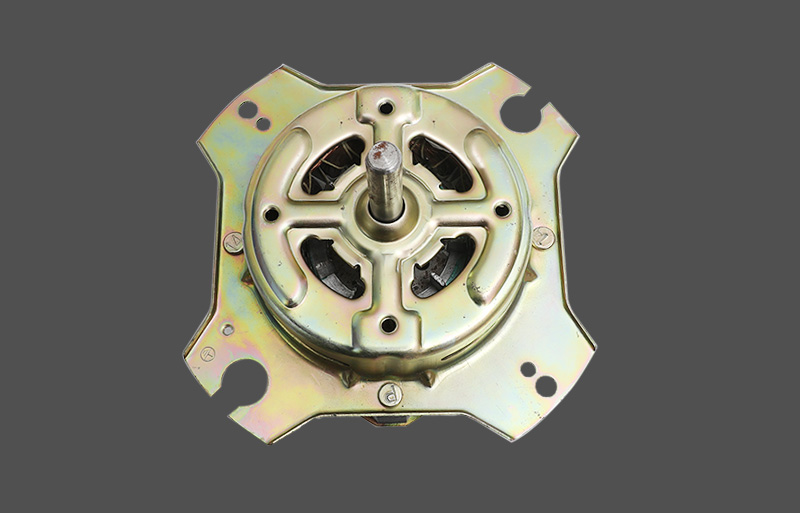One of the cores of the Spin Machine Motor is to generate a magnetic field in the electromagnetic coil through current, and this magnetic field interacts with the rotor to promote the rotation of the motor.
The role of current in an electromagnetic coil:
The operation of an electric motor is based on the flow of electric current in an electromagnetic coil. When an electric current passes through an electromagnetic coil, it creates a magnetic field around the coil according to Ampere's law. The strength and direction of this magnetic field are determined by the magnitude and direction of current flow.
Generation of magnetic field:
The magnetic field in the electromagnetic coil is excited by the current in the coil. Typically, coils are designed with spiral windings to enhance the uniformity and strength of the magnetic field. In this way, the magnetic field generated by the electromagnetic coil can be evenly distributed around the entire coil.
Interaction between rotor and magnetic field:
Once a magnetic field is created in the solenoid, it interacts with the rotor of the motor. According to the principle of Lorentz force, when a conductor (rotor) moves in a magnetic field, it will experience a force in a certain direction. The result of this force is torque, which causes the rotor to rotate.
Methods of regulating electromagnetic fields:
In order to achieve speed regulation and control of the motor, the intensity and direction of the electromagnetic field need to be adjusted. Here are some ways to regulate electromagnetic fields:
Current Regulation: By changing the magnitude of the current, the strength of the magnetic field generated in the electromagnetic coil can be changed. This is a common speed regulation method in DC motors.
Phase adjustment: In an AC motor, the direction and size of the electromagnetic field can be adjusted by adjusting the phase difference of the current. This is very effective for achieving speed regulation and control of AC motors.
Magnetic field positioning: By using sensors to monitor the rotor position of the motor, more precise control of the electromagnetic field can be achieved. This method is often used in applications such as stepper motors that require high-precision control.
Challenges and optimization of magnetic field regulation:
The control of the magnetic field requires consideration of multiple factors, including the design of the electromagnetic coil, the performance of the current regulator, and the stability of the magnetic field. Optimizing these parameters can improve the efficiency and responsiveness of the motor and reduce energy loss.
Magnetic field regulation in applications:
In practical applications, magnetic field control is crucial in many fields. For example, in electric vehicles, by precisely controlling the magnetic field of the motor, efficient energy conversion can be achieved and the cruising range can be improved.




